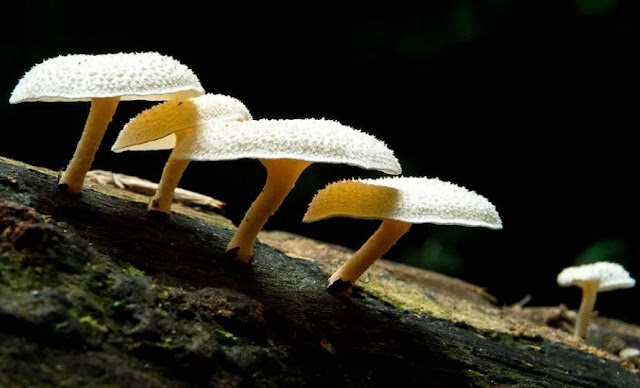The Turkish metro hosts a pilot program of vending machines that exchange tickets for plastic containers to encourage recycling in the country.
Containers to separate all types of waste, clean points in each city, returnable containers ... Of a time to this part who does not recycle or reuse is because he does not want. The truth is that the administrations have put the batteries to facilitate the task and that there are no excuses, but there are still those who refuse to do so.
The accumulation and treatment of waste is one of the most serious problems affecting the planet, the human footprint is very deep and harmful, so that all initiatives that are aimed at changing that are welcome, as the genius they have put in practice last week in Turkey for those who only care about their pocket.
Vending machines have been installed in public transport stations in the country where you can buy the ticket at your destination, but with a different use: a hole through which to insert plastic bottles or cans of soda to recycle and to get us cheaper, even gratuitous.
Containers to separate all types of waste, clean points in each city, returnable containers ... Of a time to this part who does not recycle or reuse is because he does not want. The truth is that the administrations have put the batteries to facilitate the task and that there are no excuses, but there are still those who refuse to do so.
The accumulation and treatment of waste is one of the most serious problems affecting the planet, the human footprint is very deep and harmful, so that all initiatives that are aimed at changing that are welcome, as the genius they have put in practice last week in Turkey for those who only care about their pocket.
Vending machines have been installed in public transport stations in the country where you can buy the ticket at your destination, but with a different use: a hole through which to insert plastic bottles or cans of soda to recycle and to get us cheaper, even gratuitous.
Travelers get discounts on their tickets and can even get them for free if they get to recycle the amount of waste needed. For example, a plastic container of 33 centiliters is equivalent to 2 kurus -the currency used in the country, about 0.30 euros-, so to pay for the entire ticket and that it would be free for us, it would take 28 bottles or cans of this type .
At the moment there are 25 machines installed in a pilot program to see how citizens respond, but it is expected to place 100 before the end of the year. This is a very necessary initiative, especially in a country like Turkey, the third largest producer of waste only behind Germany and France, and the least recycled in Europe.
Getting more recycle, raising awareness among the population about the need to better manage waste and encourage the use of public transport are the goals of this fantastic initiative.
























